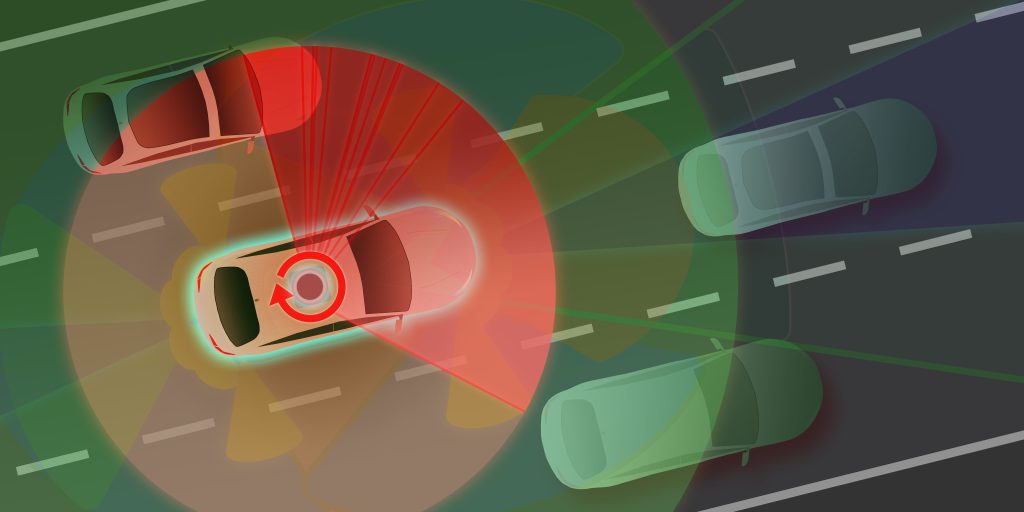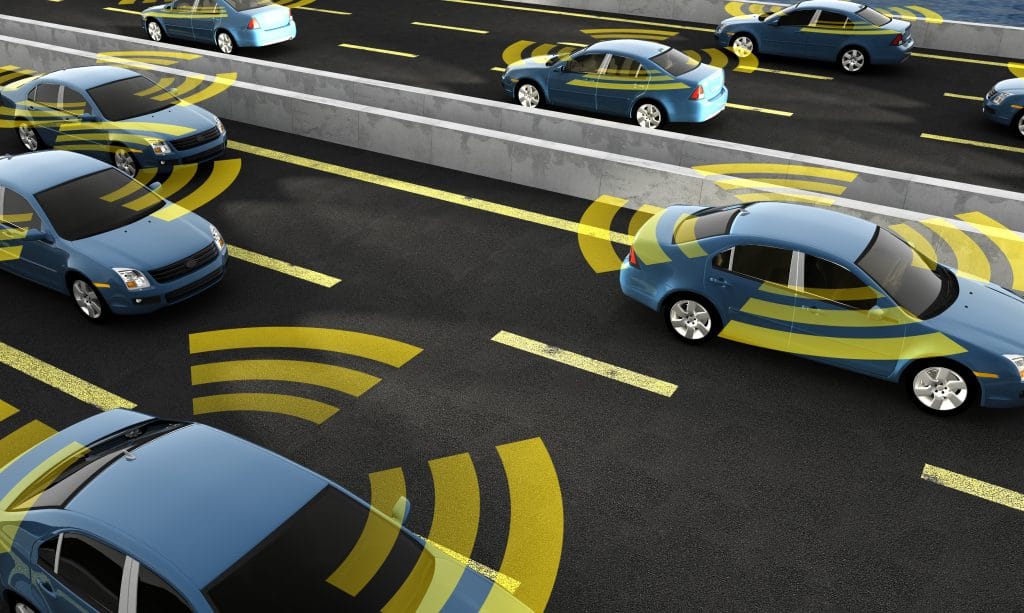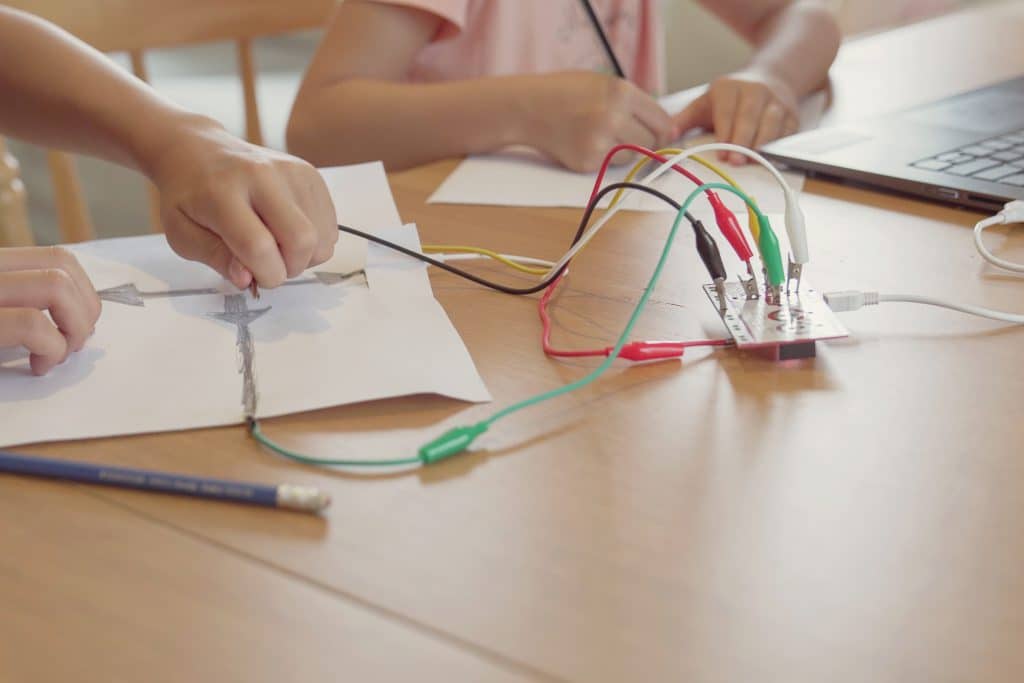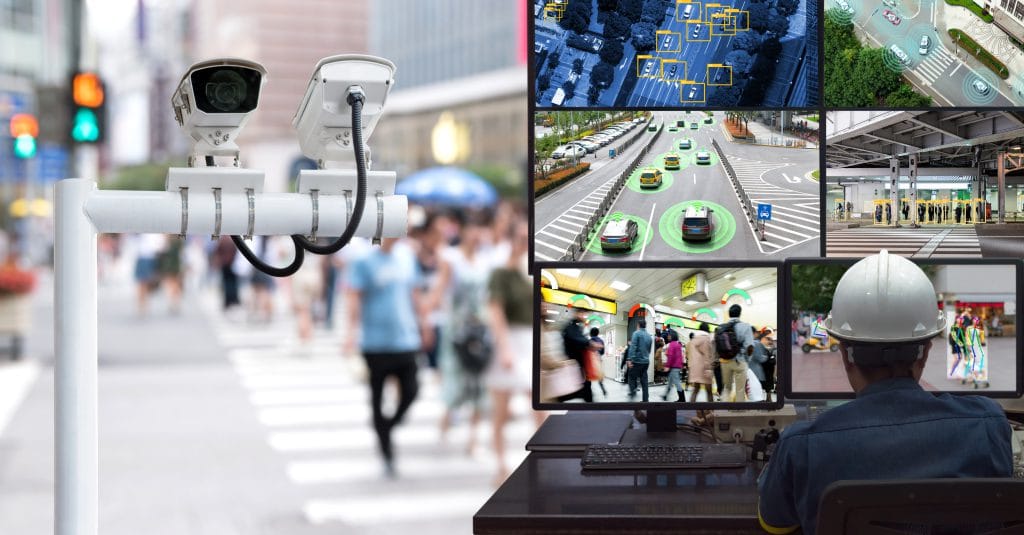Fundamentals of Remote Sensing
The document is divided into the following chapters: Introduction, Sensors, Microwaves, Image Analysis, Applications, and more. Each chapter includes descriptions, definitions, graphics, and diagrams. Additionally, each chapter ends with a short answer review question along with its answer.
Fundamentals of Remote Sensing Read More »










